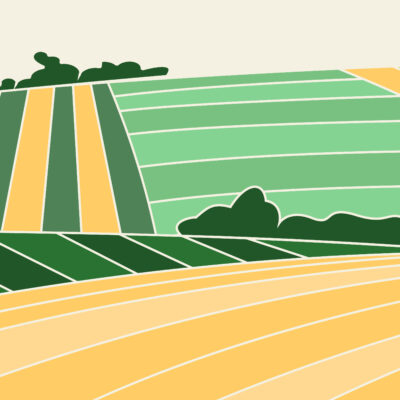Jane Howard and select members of her herd prepare for the annual Edenbridge & Oxted Show
Not long now till the August bank holiday which means it’s time to get ready for the annual Edenbridge & Oxted Show – the biggest agricultural show in the South East. And if you’ve never been I really do recommend a visit. I haven’t shown my cattle yet this year, but I’m going to take some along and that doesn’t leave much time to get them scrubbed up and ready.
Summer shows are when farmers show their best pedigree breeding stock, males and females, and the two day event culminates in an overall champion being selected in the beef cattle, dairy cattle, pig, sheep and goat sections – a huge honour for all involved, (and not one Coopers Farm is going to win!). The beef cattle classes on the first day are for all the different native and continental breeds. Because of our maritime climate, Great Britain is famous around the world for three things – oak trees, beer and beef. We have about twenty different native breeds which have developed specific traits over hundreds of years to help them thrive on our different regional soils and climates, known as terroir. These include Highlands and Aberdeen Angus in Scotland, Herefords in Wales, Lincolns in East Anglia and here, in the South East, the Sussex. I don’t think we make enough of this wonderful heritage – just think how proud the French are of all their regional cheeses, many of which
have an Appellation d’Origine Contrôlée – a label that defines an agricultural product from a specific geographical area… I think we’re missing a trick with the Best of British beef. In the 1960s much larger breeds from Continental Europe were introduced into the UK to help farmers capitalise on available grants.
Just like Crufts, where you see the handlers arranging legs, they need to stand “square” to look their best – infinitely easier to achieve with a poodle than a 700 kg young bull.
These much bigger cattle can be fed on grain and grow to maturity within twelve months whereas the native breeds have to go slowly on a forage
based diet of grass and hay. I know I’m biased but the difference is in the taste. Continental breeds like the Limousin and Charolais from France and the Simmental from Switzerland don’t have the same amount of marbling in their muscle, the tiny threads of fat that provide all the flavour. Fine if you want your steak lean and bland, but for flavour there really is nothing to beat a steak from a native breed – you really can taste the difference!
Anyway, back to the showing… I’m taking a couple of yearlings – a bull and a heifer – and a cow and calf. By the end of the month they will all need to be halter trained to the degree that they can enter a show ring, walk sedately round and then come to a halt and stand still with a leg in each corner for the judge to assess their confirmation. The latter may sound obvious but just like Crufts, where you see the handlers arranging legs, they need to stand “square” to look their best – infinitely easier to achieve with a poodle than a 700 kg young bull.
By the end of August we should all have come to an understanding of what’s required, the hardest one to train being the calf, a slippery little bundle of energy that can do somersaults, wrap its ropes round your knees or just decide to lie down and refuse to get up. There’s not much to be done – very embarrassing for the handler but marvellous entertainment for the spectators. Do come and say hello if you decide to go.
You may also like
Small changes big results
Nutrition & Lifestyle Coach Charlotte Lauexplores the benefits of daily mindful breaths As December gathers pace; with festive plans, full diaries and the year’s final push, it’s common to feel stretched, scattered… and running on empty! But one of the...
Festive Feelings
Sarah Maxwell gives her tips and exercises to help you relax during the hectic Christmas holidays Unwrap some calm this Christmas season with a wellbeing gift of Yoga poses and de-stress breathing techniques to keep you in top shape both...
Farm Fables
Jane decides that she’ll leave the foraging to the experts in future December is all about feasting and this year I’ve been busier than usual prepping some seasonal treats. As mentioned in the autumn, it has been a Mast year...











